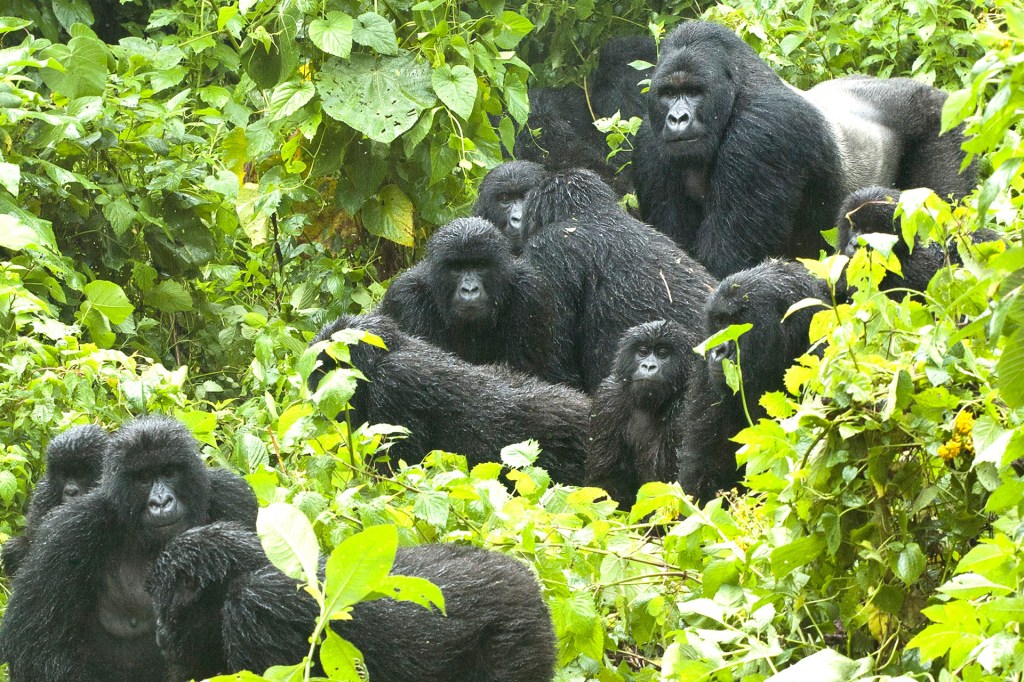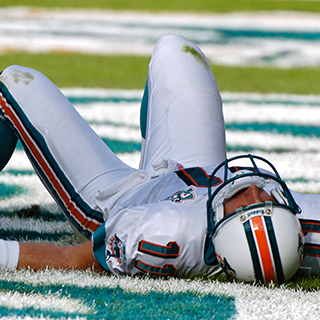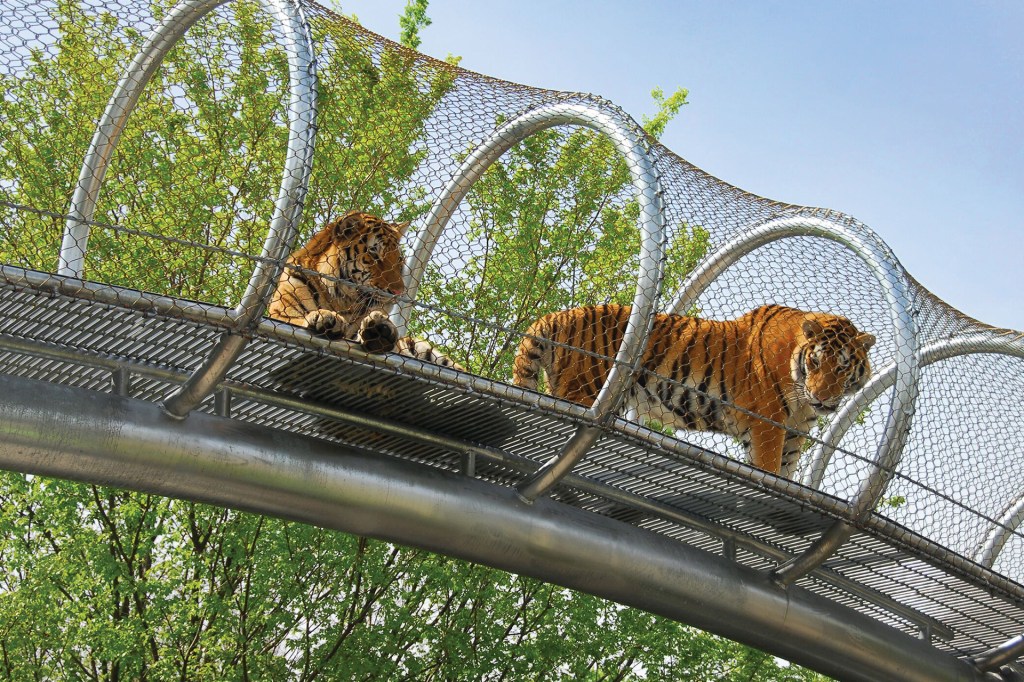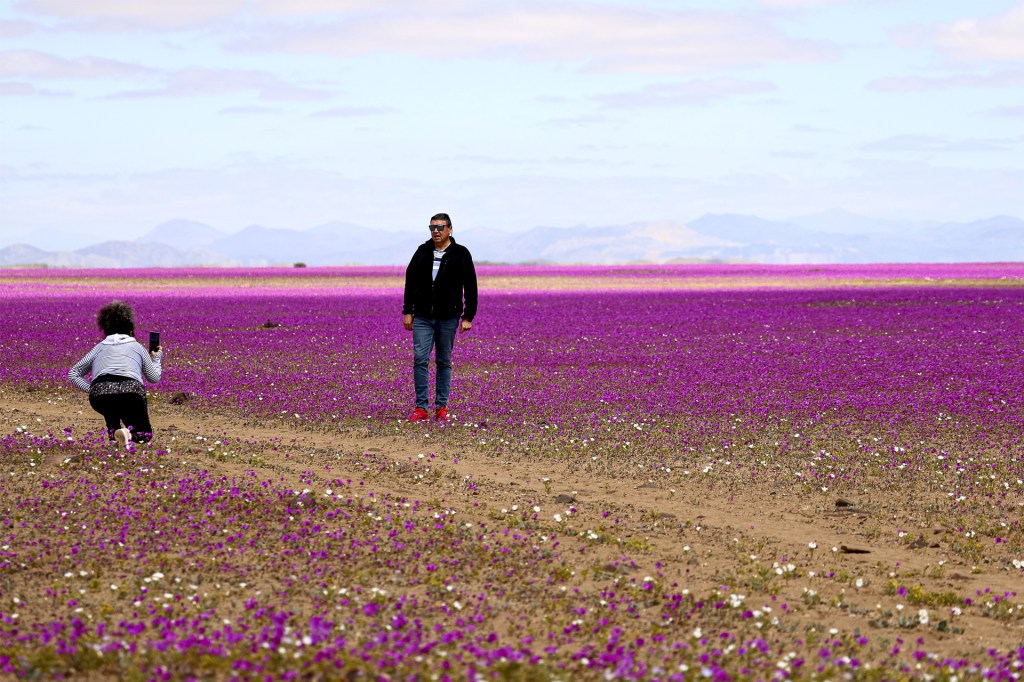
Veterinarians in Africa are working to save gorilla species—one patient at a time.
Of all the mountain gorillas that veterinarian Mike Cranfield has treated in the past 18 years, Ijabo stands out the most. When Ijabo was three days old, an examination showed that one of his legs was badly damaged. Cranfield removed Ijabo’s leg below the knee. Five years later, Cranfield says Ijabo is doing well. “I still see him every now and again,” Cranfield told TFK. “It’s heartwarming.”
Cranfield is a codirector of Gorilla Doctors. The organization provides medical care to ill and injured mountain and Grauer’s gorillas. Its 16 veterinarians work in national parks in the Democratic Republic of the Congo, Rwanda, and Uganda.

Gorillas and humans suffer from the same types of illnesses, including colds and infections.
COURTESY GORILLA DOCTORSGorillas desperately need the group’s help. In the wild, there are only about 880 mountain gorillas and fewer than 4,000 Grauer’s gorillas. For years, the apes have fallen victim to habitat loss, poaching, and disease. According to their website, Gorilla Doctors’ mission is to save the apes “one gorilla at a time.”
Out in the Field
The doctors treat mostly gorillas that are habituated, or accustomed to humans. Unhabituated gorillas have little contact with people.
Trackers, guides, and veterinarians check on habituated gorillas in the field several times each week. Sometimes, a gorilla has a medical problem that requires treatment.
That calls for an intervention. A helper shoots the animal with a dart. If the gorilla appears to have a serious but treatable illness, the dart contains antibiotics to fight off infection. If it appears to need surgery, the dart contains a drug that leaves the gorilla unconscious
unconscious
 AL MESSERSCHMIDT—GETTY IMAGES
not awake, or not aware, especially because of a drug or injury
(adjective)
A blow to the head left the player unconscious.
and unable to feel pain.
AL MESSERSCHMIDT—GETTY IMAGES
not awake, or not aware, especially because of a drug or injury
(adjective)
A blow to the head left the player unconscious.
and unable to feel pain.
“We only take action in a situation where the health issue is man-induced
induce
 BSIP/UIG/GETTY IMAGES
to bring about; to cause
(verb)
Randy’s sneezes were induced by an allergic reaction.
or the animal would die without treatment,” Cranfield says.
BSIP/UIG/GETTY IMAGES
to bring about; to cause
(verb)
Randy’s sneezes were induced by an allergic reaction.
or the animal would die without treatment,” Cranfield says.
Success Story
Although the gorillas are critically endangered, there are signs of hope, thanks in part to Gorilla Doctors. The mountain gorilla is the only great-ape species whose population is growing.
“Habituated mountain gorillas are increasing by 4% each year, which is as fast as the human population is growing globally,” Cranfield says. He notes a recent study that credits the work of Gorilla Doctors for 50% of that growth.

Gorilla Doctors Mike Cranfield, left, and Eddy Kamable treat an injured ape. A team visits the gorillas regularly. Trackers look for signs of injury and illness.
COURTESY GORILLA DOCTORSHabitat protection in national parks is also a big help. “There’s no more deforestation and no poaching there,” Cranfield says. Disease remains a major threat, however, including disease spread by humans.
But Cranfield sees the ape’s population growth as a big win. And he is proud of the role his team has played in making it happen.
“I see some gorillas from when they’re born to when they’re having families of their own,” he says. “It’s sort of like being the family doctor—you’re part of the family’s whole history.”













